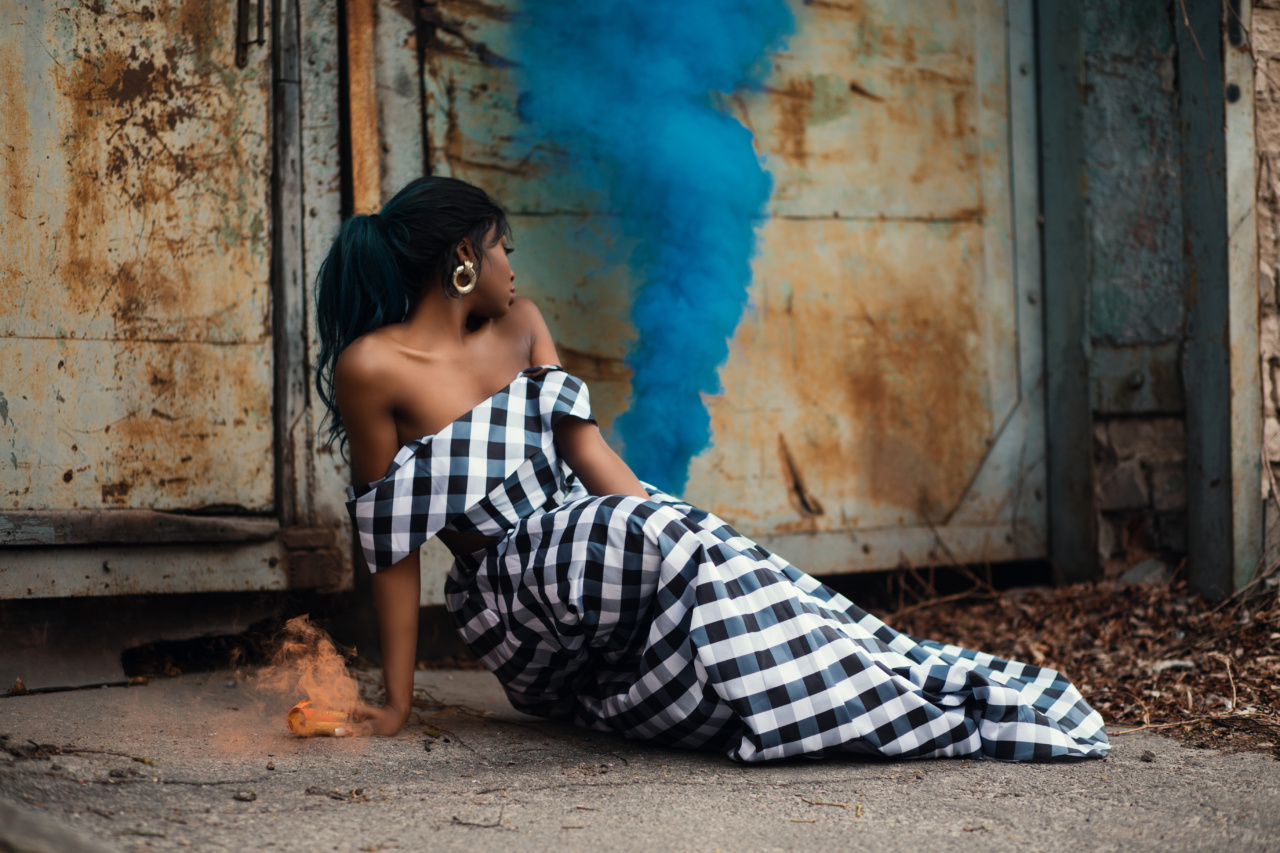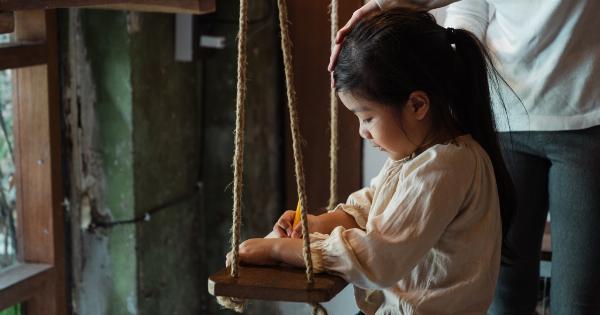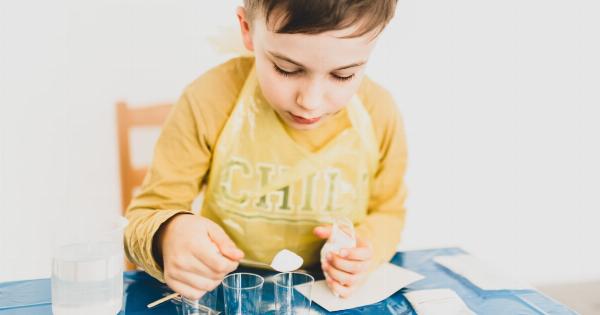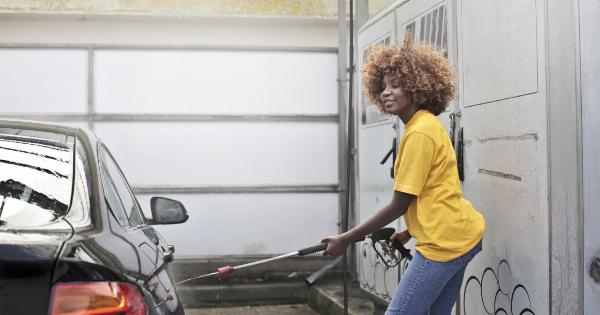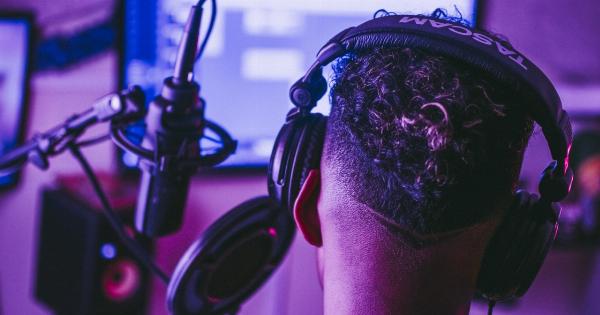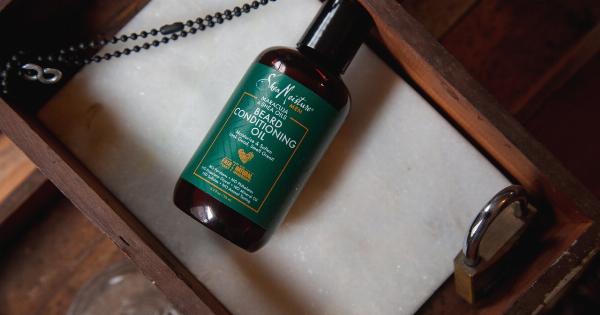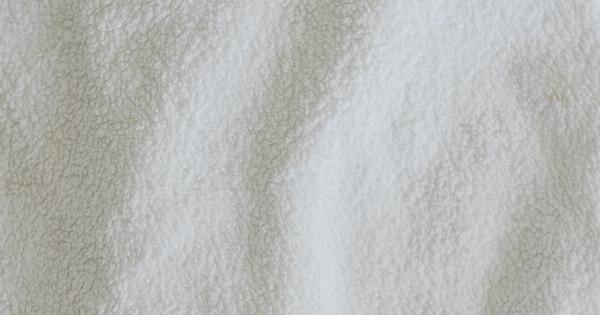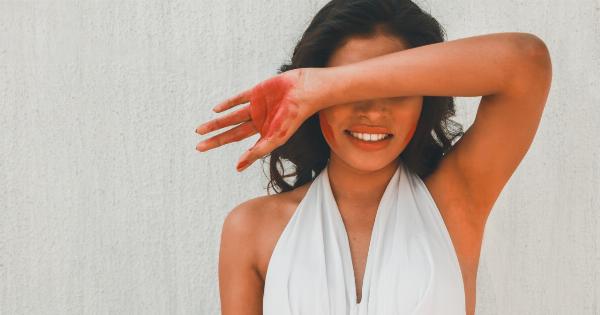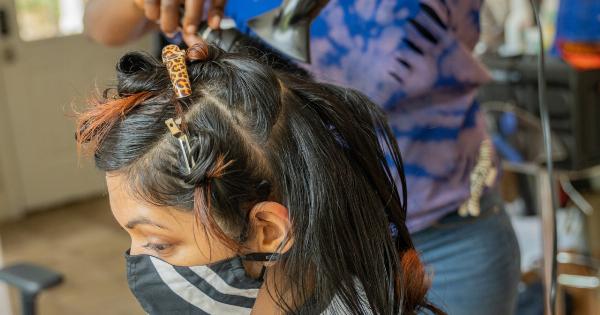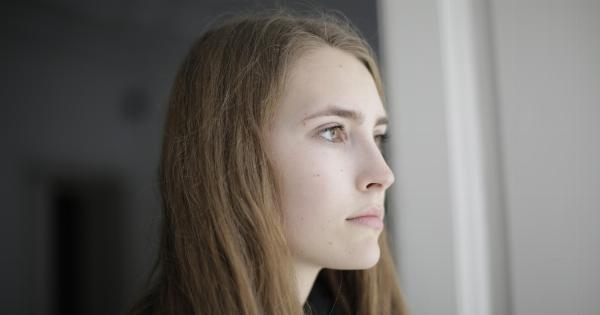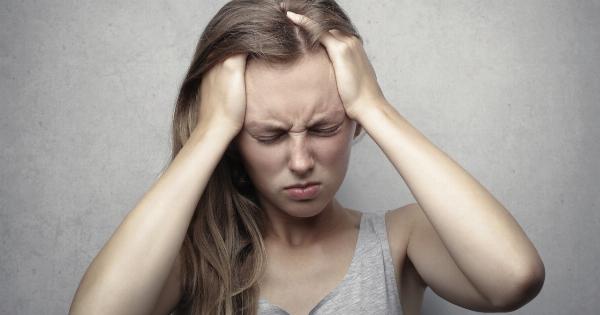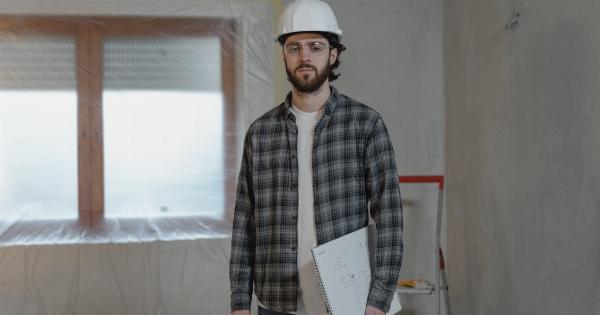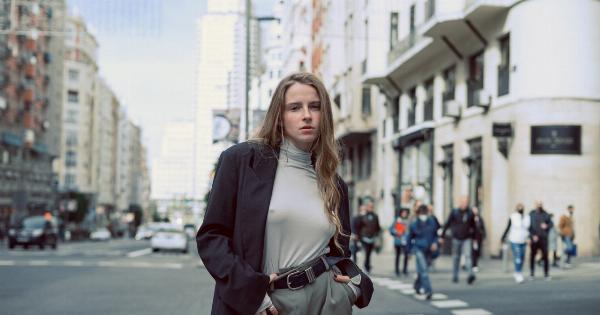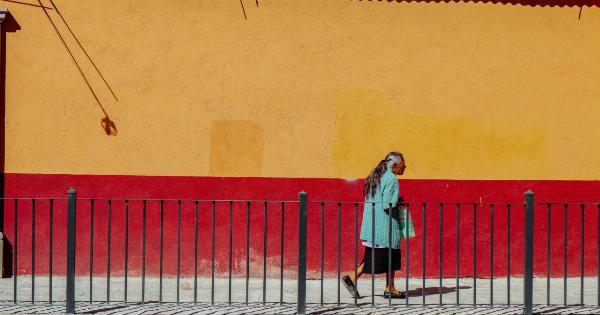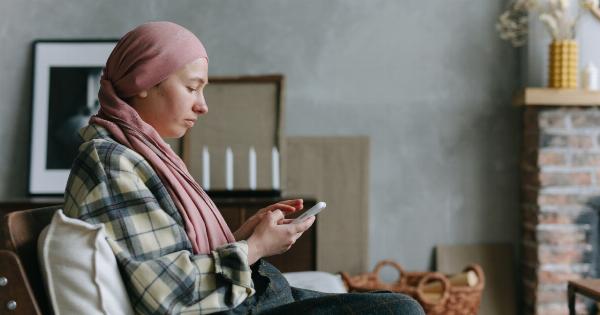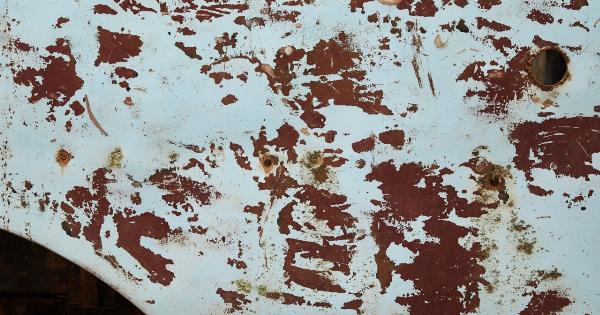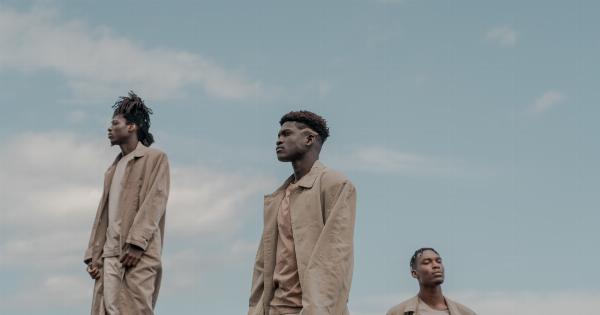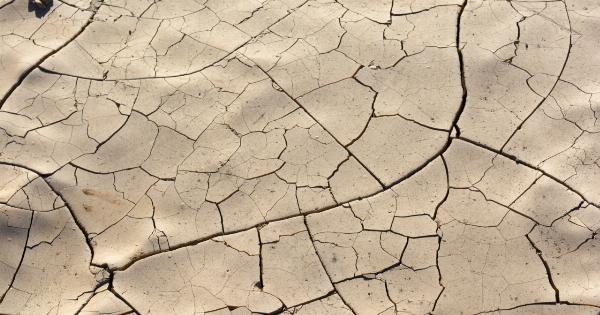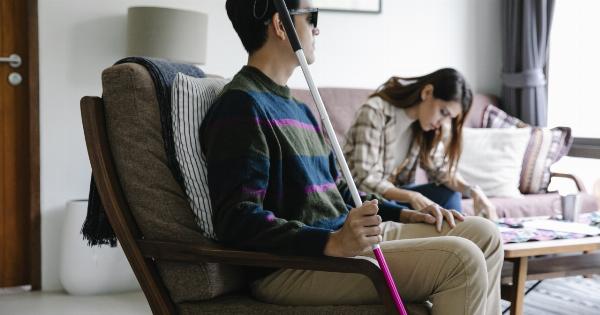As we age, our hair goes through various changes, just like the rest of our body. While some graying and thinning of hair is a natural part of the aging process, it can be helpful to know when your hair starts aging and what signs to look out for.
By being aware of these signs, you can take necessary steps to maintain the health and vitality of your hair. In this article, we will explore the factors that contribute to hair aging and discuss some common signs that indicate your hair is going through the aging process.
1. Gradual Thinning
One of the first signs of hair aging is gradual thinning. As we age, our hair follicles shrink and produce thinner, weaker strands of hair. This thinning is more noticeable in men due to male pattern baldness.
However, women also experience thinning hair as they age, although it may not be as pronounced.
2. Increased Hair Breakage.
With age, hair becomes more brittle and prone to breakage. The natural oils produced by the scalp that keep the hair moisturized diminish over time, leading to dry and fragile strands.
Increased hair breakage can result in shorter hair lengths and a thinner overall appearance.
3. Changes in Hair Texture
Another sign of hair aging is changes in hair texture. Many individuals notice that their hair becomes coarser and more wiry as they get older.
This change in texture is primarily due to a decrease in natural oils, making the hair feel rougher to the touch.
4. Gray or White Hairs.
Gray or white hairs are perhaps the most obvious sign of hair aging. As we age, the pigment-producing cells in our hair follicles gradually decrease, resulting in the loss of color.
The appearance of gray or white hairs can vary among individuals and may start appearing as early as the 30s or as late as the 50s.
5. Receding Hairline
In men, a receding hairline is often associated with hair aging. This occurs due to a sensitivity to dihydrotestosterone (DHT), a hormone that causes the hair follicles to shrink.
As the follicles shrink, the hairline gradually moves higher on the forehead, leading to a receding hairline.
6. Thinning Crown.
In addition to a receding hairline, men may also experience thinning at the crown of the head. This can create a bald spot or patchy appearance at the top of the scalp.
Thinning at the crown is a common sign of male pattern baldness, which is influenced by genetic factors and hormonal changes.
7. Slower Hair Growth
As we age, the rate of hair growth slows down. Hair follicles spend more time in the resting phase, resulting in a decrease in the overall rate of hair growth. This slower hair growth can contribute to the perception of thinning hair.
8. Increased Scalp Visibility.
Another sign of hair aging is increased scalp visibility. As the hair follicles produce thinner strands and hair density decreases, more of the scalp becomes visible. This can make the hair appear thinner and contribute to a more aged look.
9. Lack of Elasticity
Hair aging also affects the elasticity of the hair strands. Healthy hair has a certain level of elasticity, allowing it to stretch without breaking.
However, as we age, the hair loses its elasticity, becoming more prone to breakage and less resistant to styling.
10. Dry and Dull Hair.
Lastly, aging hair tends to become drier and duller. The decrease in natural oils, as well as the accumulation of environmental damage over the years, can make the hair appear lifeless and lackluster.
Dry and dull hair is often a result of reduced moisture retention and can also contribute to increased breakage.
In conclusion, hair aging is a natural process that affects everyone to some extent. While we cannot entirely reverse the aging process, being aware of the signs can help us take better care of our hair.
By adopting a proper hair care routine, using suitable products, and seeking professional advice, we can maintain the health and vitality of our hair for longer.
